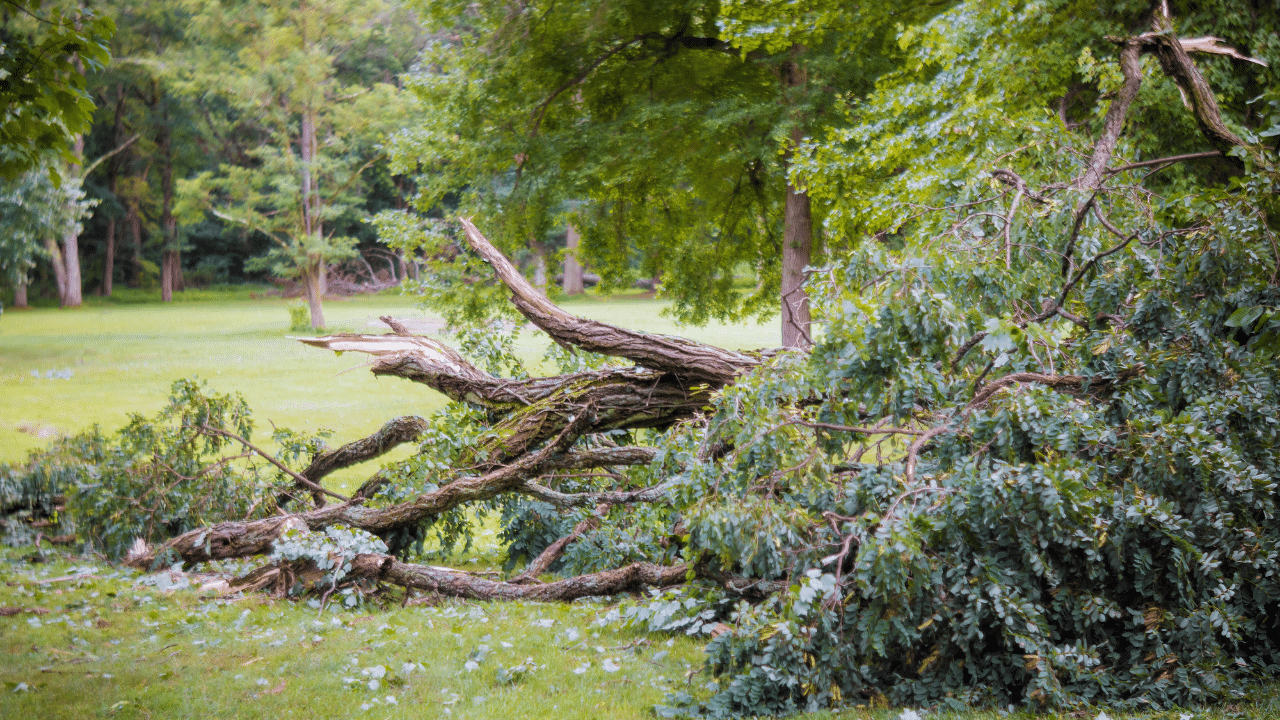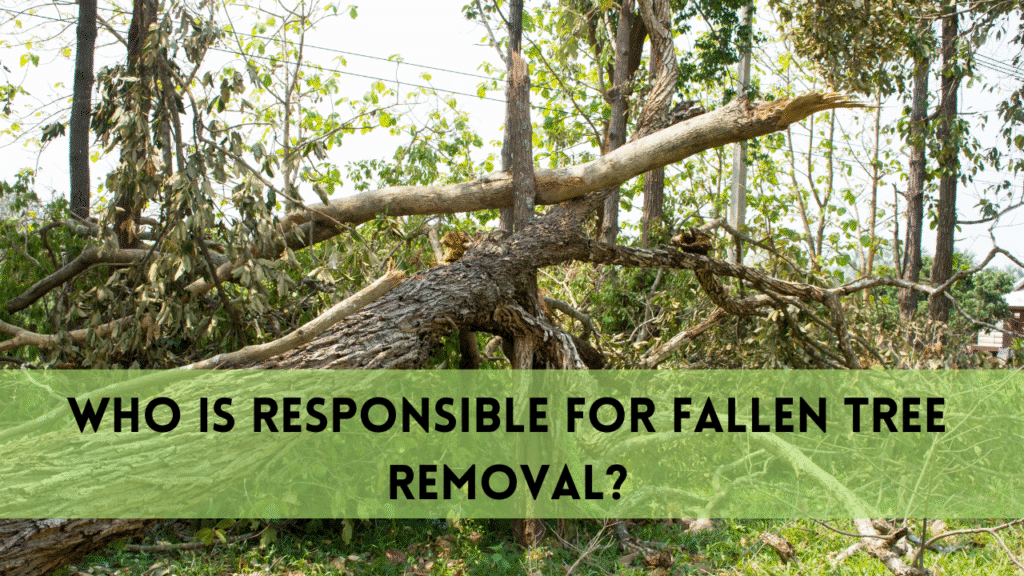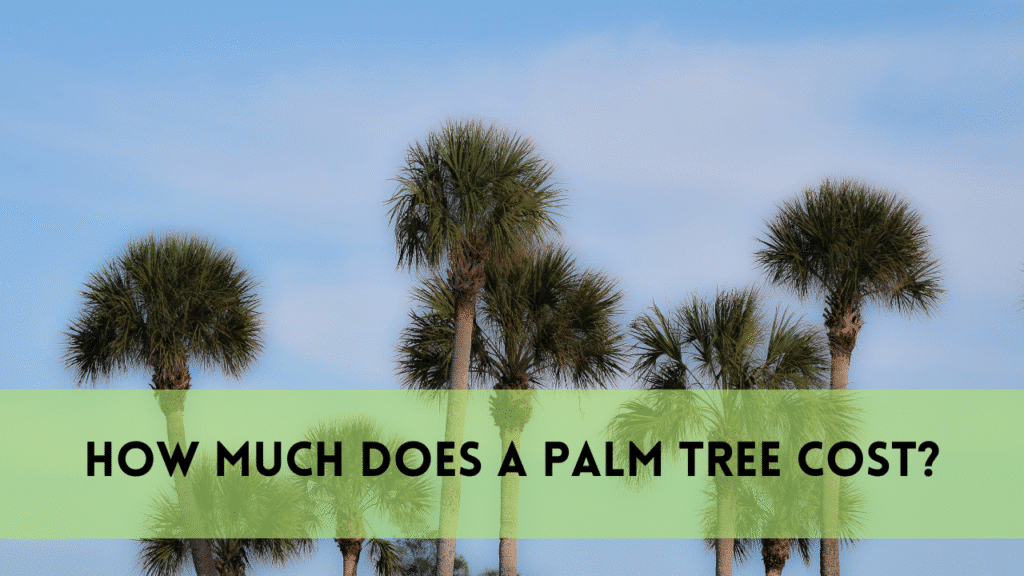A storm swoops through your neighborhood and, the next morning, you see an enormous tree strewn over your drive. The first thought you have is: who is accountable for the tree’s and its removal? The answer isn’t always clear-cut–it all depends on where the trees fell from, the person who is responsible for fallen tree removal, and if negligence was the cause.
The fall of fallen trees could cause property damages, block roads and can even cause safety risks. Knowing who is responsible for fallen tree removal will handle the removal process can save you time in the long run, as well as legal hassles.
Who Is Responsible for Fallen Tree Removal?
When Is the Homeowner Responsible?
If a tree that is on on your property falls, whether on your property or that of a neighbor’s, you’re usually responsible for the removal. Insurance for homeowners may cover cost if the tree caused damage, however routine maintenance (like taking down dead trees prior to it falling) is your obligation.
Examples: A rotting oak in your backyard falls over your fence. Since it’s an individual tree that you own, you’ll have to organize (and likely cover) cleanup, unless insurance is involved.
When Is the Neighbor or City Liable?
1. The Tree Belongs to a Neighbor
If a tree from your neighbor gets into your yard, they might be held accountable, but only if negligence can be proven. For example when they didn’t follow the warnings about a tree that was dying Their insurance may cover the damage. In the event of a mishap, you could need to make a claim to your insurance company.
2. The Tree Is on Public Property
Municipalities manage trees on public property. If a city-owned tree falls into your property, contact the local authorities. They’ll typically remove it but repairs for damage may be a burden for you.

Does Insurance Cover Fallen Tree Removal?
The majority of homeowner’s policies provide for removal of the tree
- Inflicts damage to a structure (like the garage or roof).
- Blocks access to a driveway or handicap route.
If the tree does fall in your backyard, it will probably have to pay the bill out of your your pocket. Always check your policy details.
How to Handle Fallen Tree Removal Safely
- Evaluate the Risk If you see power lines Call the emergency service immediately.
- Document the damages Photographs to help with insurance claims.
- Contact professionals Do not attempt to remove large trees. Hire certified arborists.
- Check local Regulations Certain areas require permits to remove trees.
FAQs
If the neighbor’s tree falls on my home, who will pay?
If negligence is proved (e.g. they did not recognize dead trees) the insurance company will pay for the cost. In the event that they are not, their insurance may cover repairs.
Does my insurance cover me for a healthy tree that does fall?
If it is causing damage. The tree that isn’t damaged will usually be the responsibility of the homeowner.
Can I remove a fallen tree myself?
Small branches Yes. Large trees? Get help from professionals to avoid injuries or damage to your property.
How quickly should the tree that has fallen be removed?
immediately if the situation is hazardous. In other cases, insurance companies need immediate intervention (within several days).
Who is responsible for fallen tree removal?
Local governments or utility companies are responsible for sidewalks and public roads.
Final Thoughts on Who Is Responsible for Fallen Tree Removal
The question is, who is responsible for fallen tree removal? It is based on ownership as well as location and the negligence of others. The majority of homeowners manage trees on their property, whereas neighbors or local authorities may take over under certain circumstances. Always check with your insurance company and legal advisors if you have any issues occur.
Got a fallen tree? Make sure you act quickly. Safety and clarity will should be the first priority.


